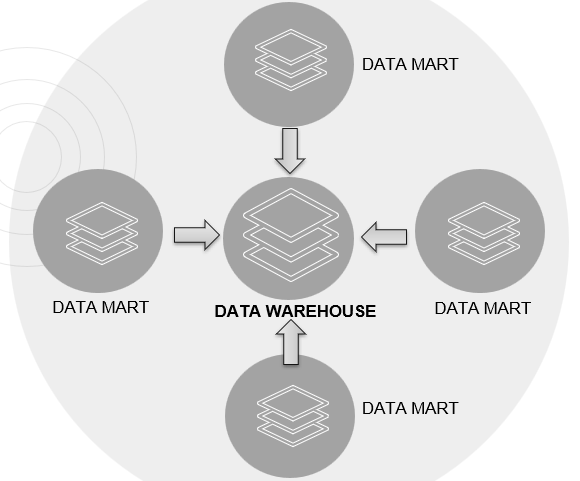
In my previous article, we discussed about Relational SQL Databases. Though it has tons of benefits, it has its disadvantages when it comes down to managing unstructured and semi-structured data.
That’s where, NoSQL databases have emerged as a pivotal technology for handling massive volumes of structured and unstructured data. As a data analyst, it’s crucial to understand the nuances of NoSQL databases to leverage their full potential.
For a summarised video presentation, check out my video blog here.
So, What is NoSQL?
NoSQL, standing for “Not Only SQL,” refers to a diverse class of database management systems that differ from traditional relational databases in terms of data models, scalability and performance. These databases are designed to handle large sets of distributed data and are known for their ability to scale out by distributing data across multiple servers. Though they do not use typical SQL commands, recent updates allow an SQL query layer for convenience of interacting with NoSQL DB’s.
Types of NoSQL Databases
NoSQL databases can be categorized into four primary types, each serving different data storage and retrieval needs:
- Key-Value Stores: These are the simplest NoSQL databases, where each item contains keys and values. Example: Redis.
- Document Databases: These pair each key with a complex data structure known as a document. Example: MongoDB.
- Column-Family Stores: These store data in columns grouped into families. Example: Apache Cassandra.
- Graph Databases: These are used for data whose relations are well represented as a graph. Example: Neo4j.

Advantages of NoSQL
- Scalability: NoSQL databases are designed to expand horizontally, making them ideal for cloud computing and storage.
- Flexibility: They allow for the storage of diverse data types without a predefined schema.
- Performance: NoSQL databases can handle high volumes of traffic and data, providing faster responses.
Use Cases for NoSQL
- Big Data Applications: NoSQL is well-suited for analyzing large-scale unstructured data.
- Real-Time Web Apps: The fast read/write capabilities support real-time analytics.
- IoT Applications: NoSQL can handle the velocity and variety of data generated by IoT devices.
Challenges with NoSQL
While NoSQL databases offer numerous benefits, they also present challenges such as:
- Consistency: Ensuring data consistency can be more complex compared to SQL databases.
- Management: The lack of standardized interfaces can lead to increased complexity in database management.
- Expertise: These are new technologies so there is a steeper learning curve for those accustomed to SQL databases.
- ACID Compliance: NoSQL Databases do not support ACID compliance. However, recent updates suggest that they have started supporting ACID compliance and removing this drawback.

Conclusion
As data continues to grow in volume, variety, and velocity, NoSQL databases stand out as a robust solution for modern data management challenges. For data analysts, gaining proficiency in NoSQL can open doors to innovative data strategies and insights.
Images by Gerd Altmann from Pixabay







